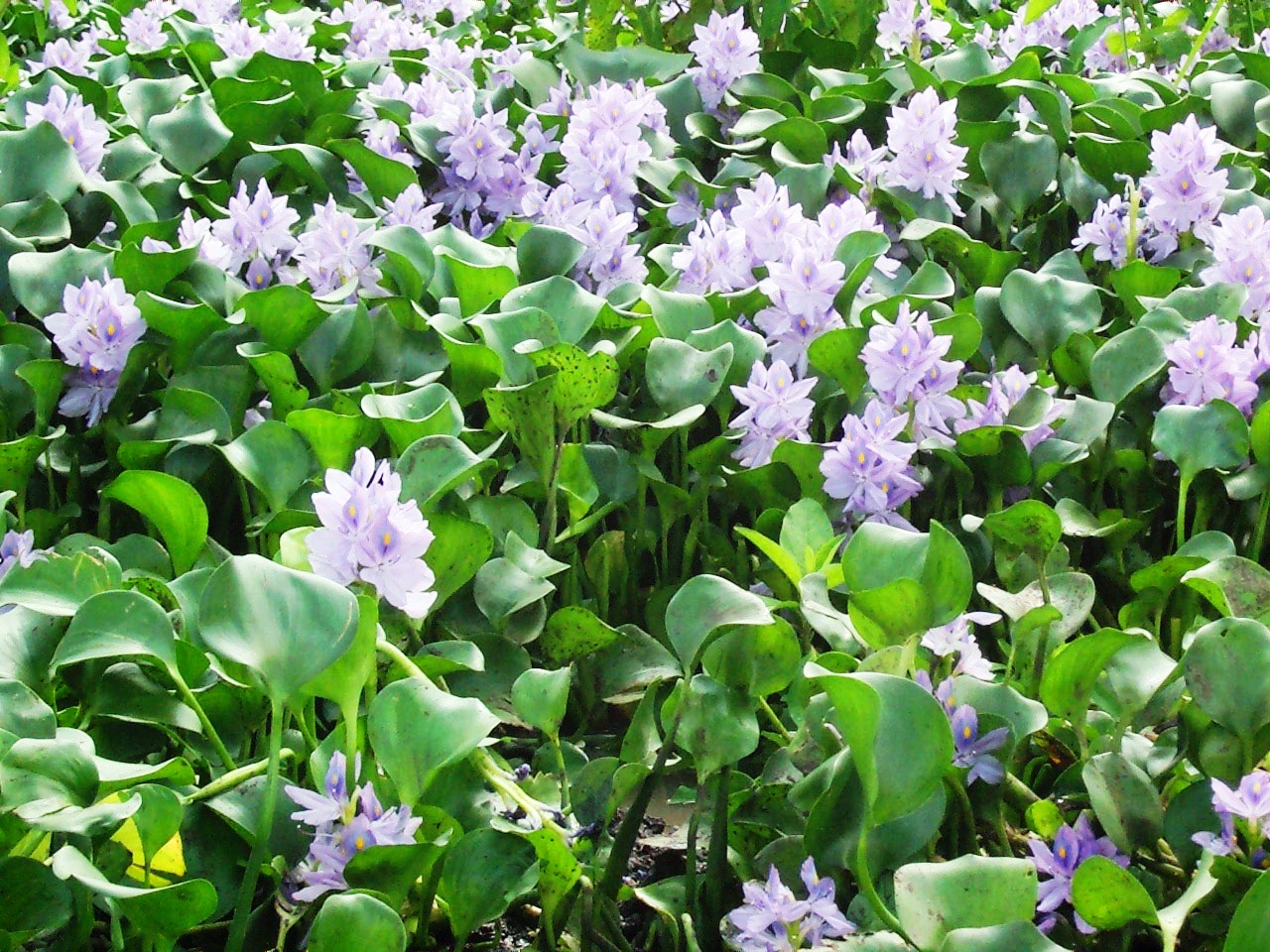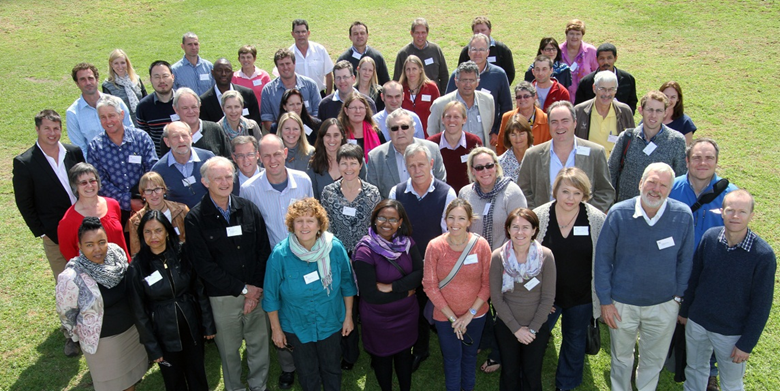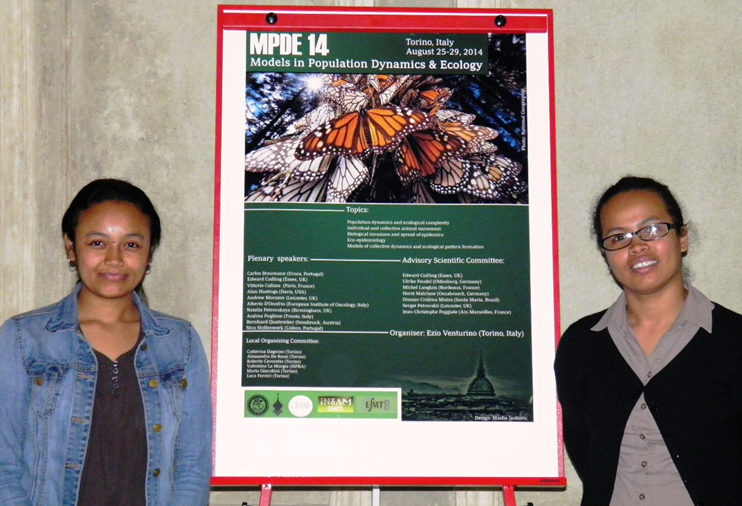C·I·B authors contribute to book on invasive species and climate change
Researchers at the Centre for Invasion Biology (C·I·B) are among the contributors to a new academic textbook that examines what will happen to invasive species with current and expected man-made climate change. The book, entitled “Invasive Species and Global Climate Change” describes the distribution, success, spread and impact of invasive species for a series of case studies from countries around the globe.




